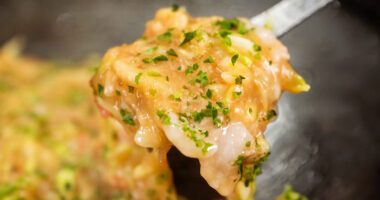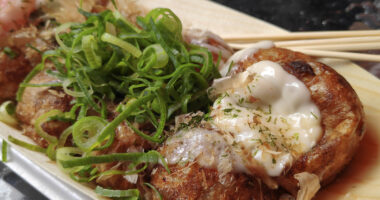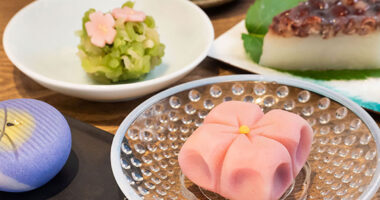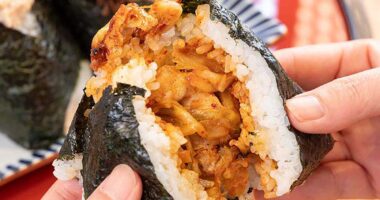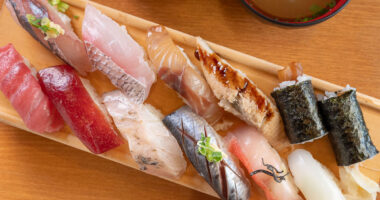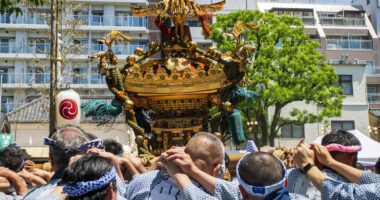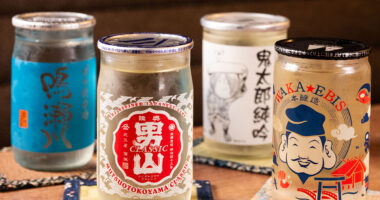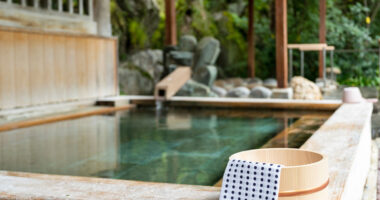Curry is a dish that originated outside of Japan, but has undergone a unique evolution within the country.
Not only are there specialty curry (pronounced karē in Japanese) restaurants across the country, but it is also served in school lunches, making it fair to say that curry has become a staple of Japanese cuisine.
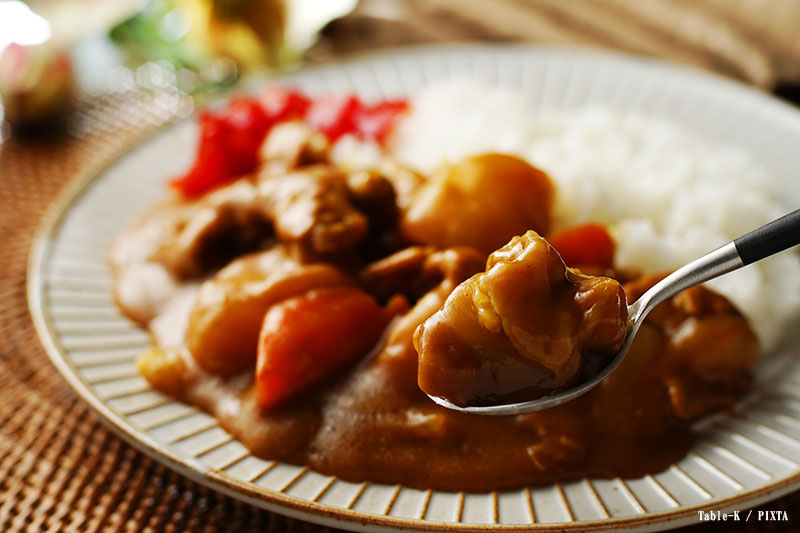
Photo for illustrative purposes
The five classic types of Japanese curry
Although “curry” is a single word, its variations are diverse. Depending on the ingredients, toppings, and curry roux used, there are said to be about 20 different types.
For example, in Hokkaido, there’s a local specialty called ‘soup curry,’ which features a roux with a soupy consistency. Other examples include green curry and red curry, commonly eaten in Thailand.

Soup curry (photo for illustrative purposes)
Among these, five types of curry are particularly popular at specialty restaurants and in home cooking, categorized by their main ingredients:
- Chicken Curry: Curry made with chicken meat, typically using chicken thighs or breast meat.
- Beef Curry: Made with beef, with recommended cuts including short ribs, shank, beef tendon, and chuck roast.
- Pork Curry: Curry made with pork, typically using pork shoulder or belly meat.
- Seafood Curry: Made with seafood. There are no strict rules on what seafood to use, but common varieties include clams, squid, and shrimp.
- Yasai kare (Vegetable curry): Made only with vegetables. Typically using carrots, potatoes, and onions as a base, with various other vegetables added.
Kitchen essentials for making Japanese curry
You don’t need any special kitchen tools to make curry. The following basic kitchen items are sufficient, whether you’re whipping up some at home or during your stay in Japan:
- Knife
- Cutting board
- Pot
- Peeler
- Bowl
In Japan, all of these can be purchased at 100-yen stores or major supermarkets, should you be looking to make some during your trip.
If you value quality, consider Japanese-made tableware and kitchen utensils from JOC Goods, a great option that sources products from small workshops and artisans. Their online shop also allows for worldwide purchases.
If you want an even wider selection to find your ideal kitchenware, online shopping platforms like Amazon can help you find the specific utensil you’re looking for.
How to make Japanese chicken curry
One of the reasons curry is so widely loved in Japan is the combination of its delicious taste and ease of preparation at home.
Among the five classic types, chicken curry is relatively simple to prepare, with ingredients costing about 200–300 JPY per serving. Below, we introduce the method and tips for making chicken curry.
Ingredients: recommendations and where to buy
The four key ingredients for chicken curry are curry roux, chicken meat, vegetables, and oil:
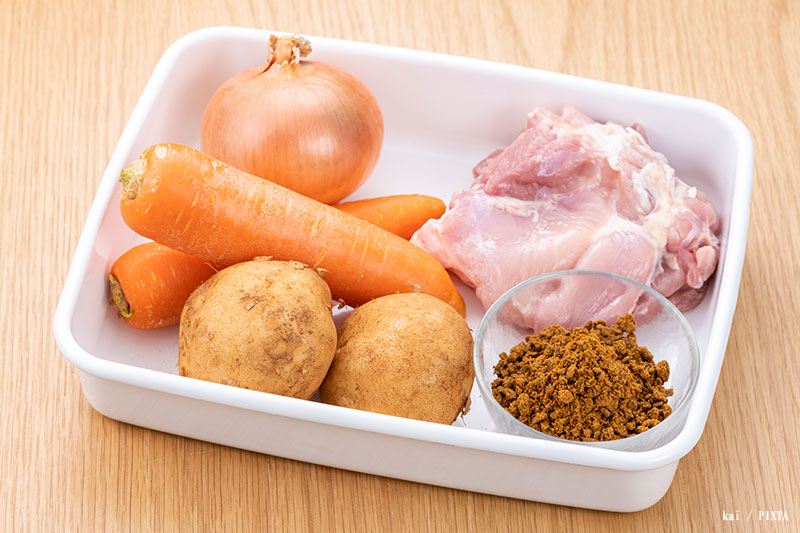
Photo for illustrative purposes
- Curry roux: Available in Japan at convenience stores, supermarkets, and online shops. Flavors are commonly divided among mild, medium, and spicy.
- Purchase at supermarkets or butcher shops. Recommended cuts include fatty and tender thigh meat, lighter breast meat, or wing bases for more volume.
- Vegetables: Available at supermarkets, greengrocer stores, and even some convenience stores. Chicken curry is typically made using potatoes, carrots, and onions, but can be adjusted to your own taste.
- Oil: Available at convenience stores, supermarkets, and online shops. Salad oil is most commonly used, but olive oil can add a unique flavor.
Recipe
Now, let’s go step by step through the process and tips for making chicken curry.
Step 1: Cut the vegetables and chicken into bite-sized pieces
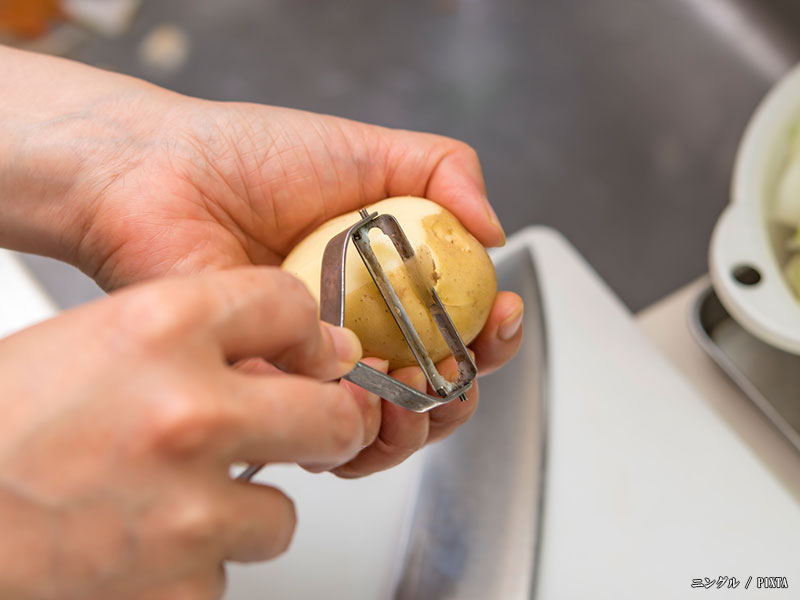
Photo for illustrative purposes
For 6 servings, use 1–2 potatoes, 1/2 a carrot, and 2 onions. If using chicken thigh or breast, 150–200 g (5–7 ounces) is ideal.
Tip: Soak the cut potatoes in water to prevent browning.
Step 2: Sauté the cut ingredients in an oiled pot
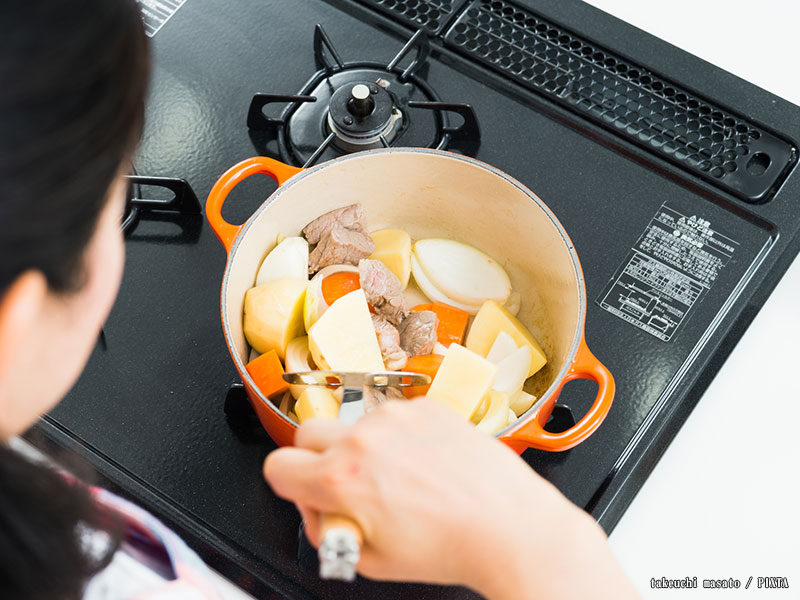
Photo for illustrative purposes
First, sauté the chicken to extract its umami. Then sauté the vegetables in the order of their cooking times: carrots, potatoes, and onions.
Stop cooking when the onions turn translucent and soften.
Tip: Use a deep pot, ideally about 20 cm (about 8 inches) in diameter, to prevent spillage.
Step 3: Add water and simmer ingredients
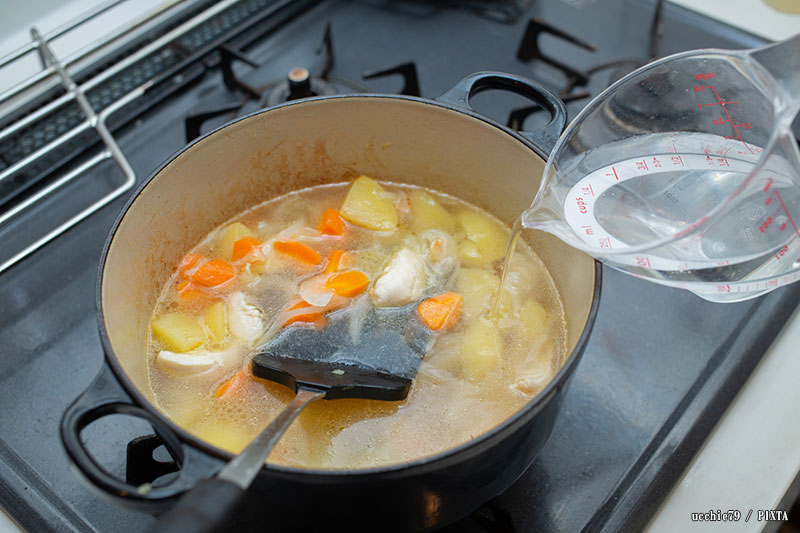
Photo for illustrative purposes
For 6 servings, add 500 ml (about 17 ounces) of water and simmer the sautéed ingredients. The water amount depends on the curry roux, so check the package instructions.
Simmer on low to medium heat for about 15 minutes until the ingredients are fully cooked.
Tip: Skim off any scum that forms on the surface from boiling using a ladle.
Step 4: Add curry roux and simmer again
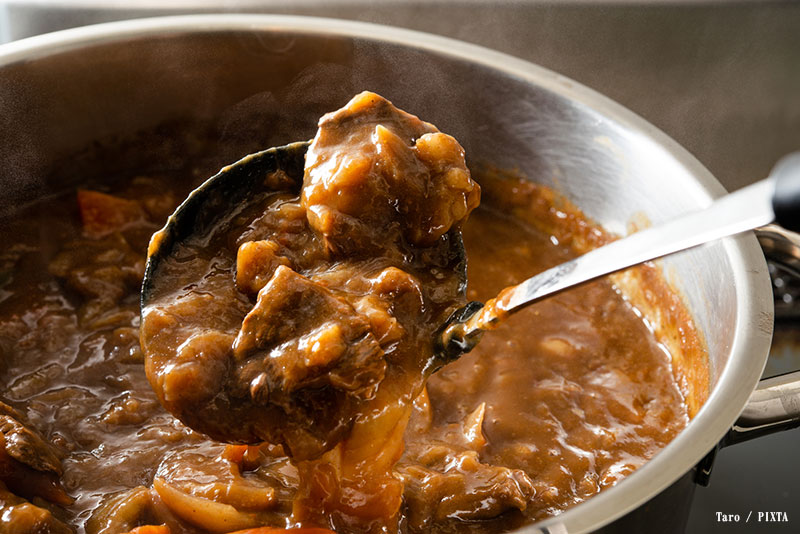
Photo for illustrative purposes
After 15 minutes, stop the heat and dissolve the curry roux. The amount depends on the specific roux, so check the package instructions.
Simmer on low heat, stirring occasionally for about 10 minutes. It’s all done once it thickens.
Tip: Allow the boiling to settle before adding the roux. Adding it while the liquid is still boiling may cause clumping due to the starch in the roux.
Recommended chicken curry toppings
While chicken curry is delicious on its own, toppings can enhance its flavor and texture. Here are some classic options!
Fukujinzuke pickles
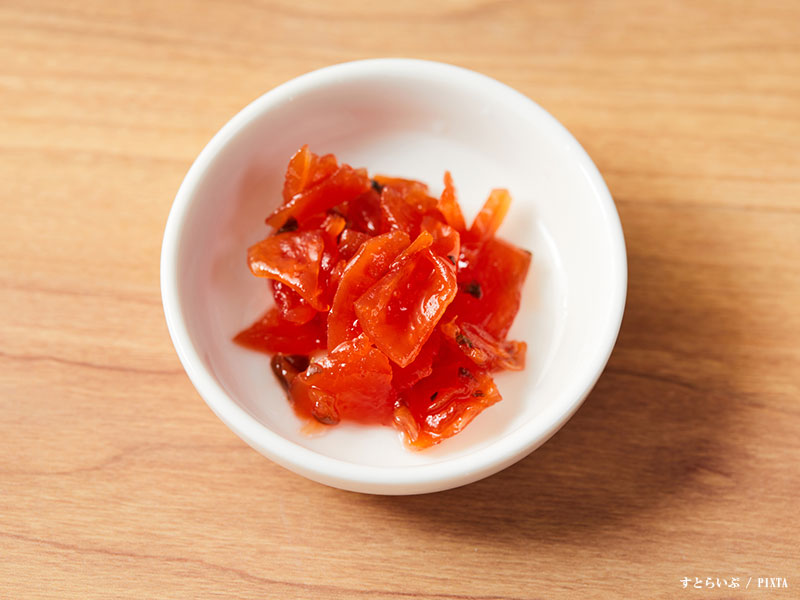
Photo for illustrative purposes
A classic topping that’s essential for curry is fukujinzuke, a mix of Japanese pickles.
Compared to tart pickles, fukujinzuke leans more on the sweet side, with a refreshing aftertaste that pairs perfectly with rich, flavorful curry. It’s made by pickling various vegetables like daikon radish and lotus root in an oil-based brine, which gives it a brownish color.
That said, you’ll also find fukujinzuke dyed a bright red. Despite the color difference, both brown and red varieties have a similar taste.
Rakkyō pickles
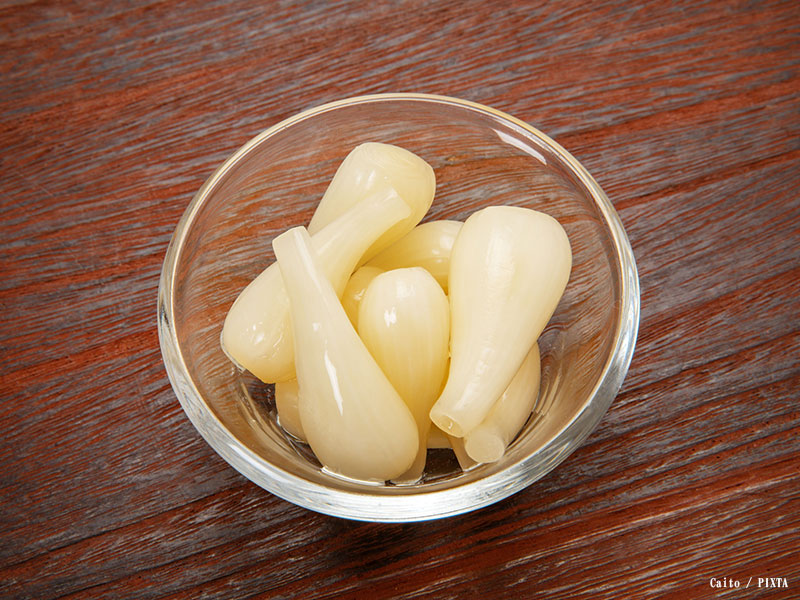
Photo for illustrative purposes
When using rakkyō (Japanese pickled shallots) as a curry topping, the most common type is pickled in sweet vinegar.
Its subtle spiciness gently spreads across the palate, providing a refreshing aftertaste following each bite of curry. Compared to fukujinzuke, it has a crunchier texture.
Cheese
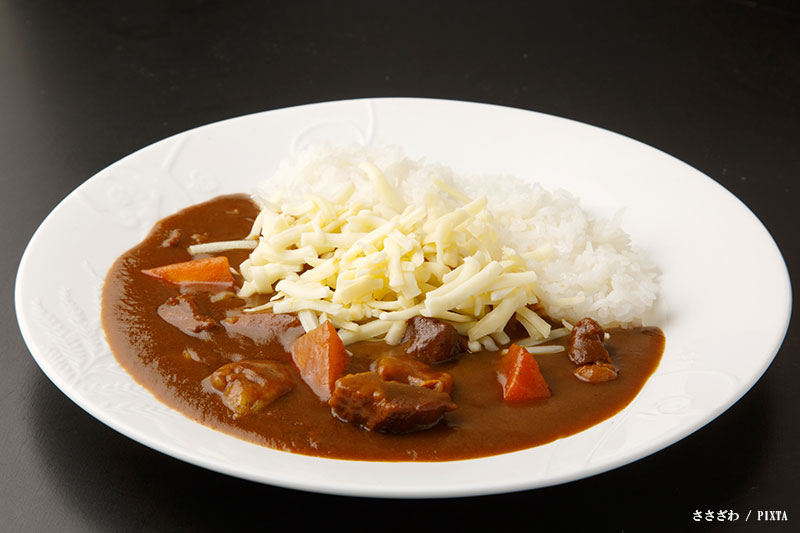
Photo for illustrative purposes
Cheese is a versatile ingredient that pairs well with almost anything, especially Japanese curry. Its subtle tanginess amplifies the richness of curry, adding even more depth to the flavor.
When topped on freshly made, piping hot curry, the cheese melts beautifully, making it even more delicious! Try different types like mozzarella or other unprocessed cheeses to find your favorite combination.
Boiled egg

Photo for illustrative purposes
A longtime favorite topping is boiled egg. The rich, mild sweetness of the yolk helps balance out the spiciness of the curry. Another great option is adding a raw egg instead of a boiled one—give it a try!

